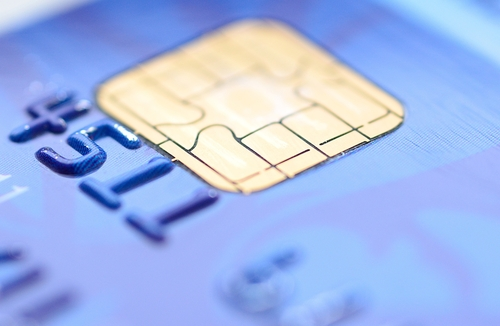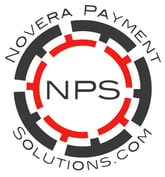What is EMV?
EMV is an open-standard set of specifications that ensures functionality between smart chip cards and payment t erminals. EMV originated as a joint effort among Europay, MasterCard® and Visa® to improve payment safety through better card security and improved standards. Today, EMVco is owned by Visa, UnionPay, MasterCard, JCB, Discover and American Express. Payments industry organizations participate with EMVco as technical and business associates. Worldpay is a business associate in EMVco. Find more information at www.emvco.com

How are chip cards different from existing magnetic stripe card technology?
The EMV “chip” is a secure microprocessor built into a card or other payment devices (e.g. mobile wallet on smart phone). The chip generates a unique number for each sales transaction, making it extremely difficult to use a cloned card fraudulently on a card-present transaction. Magnetic stripe cards use static cardholder data that remains the same for every transaction, which makes them attractive targets for theft , cloning and use in card fraud. In addition to strong security features, chip technology includes other capabilities—like Near Field Communications (NFC) technology—which lets merchants accommodate both contact and contactless payments.
Why are EMV chip cards being promoted as a payment standard in the US?
EMV chip cards are already well-established outside the US, particularly in Europe. Crime migrates to the easiest targets, which right now includes the US. Upgrading to the EMV standard is anticipated to greatly reduce card fraud here in the US.
Why will more US merchants move to the EMV standard in 2015?
Beginning October 1, 2015, the major card networks agreed to shift financial responsibility for losses due to counterfeit card-present card fraud to the party using the least secure technology. Merchants that want to avoid this liability should implement EMV chip technology in their point-of-sale (POS) devices before the deadline. Chip and PIN payment devices are deemed most secure for card-present transactions. Ask Worldpay if you need help making decisions about EMV POS device purchases.
What does the financial liability shift mean and how will that affect my business?
Merchants who don’t use EMV capable—and enabled—POS equipment aft er October 1, 2015 will be responsible for card-present fraud losses in the following instances:
- Counterfeit EMV card: Visa, MasterCard, Discover and American Express move liability to the merchant
- Lost or stolen card: American Express, Discover and MasterCard move liability to the merchant; Visa keeps liability with the issuer
Please note a chip and PIN terminal provides the most secure transaction environment available today.

